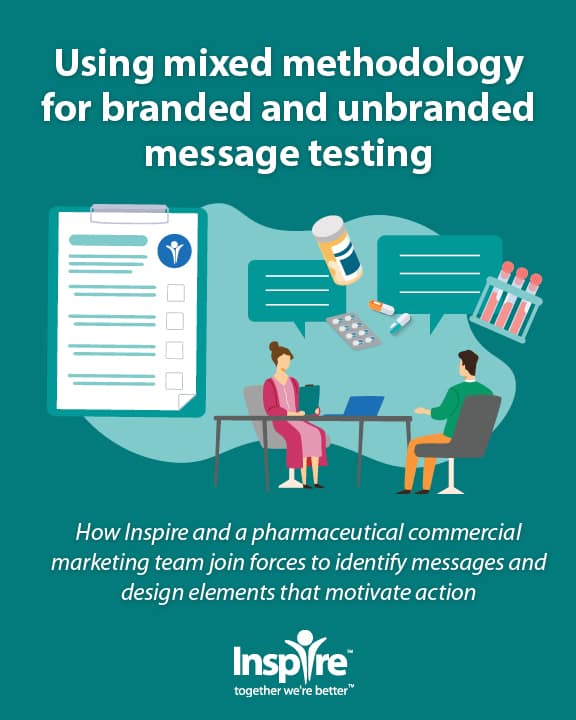What Touchpoints Influence Drug Compliance for Chronic Illnesses?

By Kathleen Hoffman, PhD, MSPH
Recent marketing research from Google shows that it takes 50-500 touchpoints to influence a purchase decision. While the study focused on common non-medical purchases (headphones, airline flights, beauty products, and candy), the authors point out an important shift in the concept of marketing touchpoints:
Today, people are no longer following a linear path from awareness to consideration to purchase. They are narrowing and broadening their consideration set in unique and unpredictable moments.
In fact, the authors of a study titled “Chronic Illness Medication Compliance: a liminal and contextual consumer journey,” published in the Journal of the Academy of Marketing Science, posit that the customer journey model is not as robust as one framed as a consumer journey model.
The [customer] journey has drawn interest from marketers as an avenue to strengthen sales through managing touchpoints. However, a firm-centric view has produced limited models of the journey, particularly on consumers’ usage experiences over extended periods in everyday settings.
In their model, the consumer journey encompasses all of the real-world touchpoints and experiences of the individual, including interactions that occur long after purchase. After all, “Individuals in [the post-purchase] phase interact with the product, service, or brand most extensively, and they often make repeat purchase and loyalty decisions based on these experiences.”
In the medical industry, repeat purchase and loyalty are crucial to more than just product success: Medication compliance, which often relies on repeat purchase and adherence, is a serious health issue for everyone. More than half the adults in the United States are prescribed medications for chronic conditions; yet at the same time, noncompliance is estimated at between 50-80% of patients and is associated with 125,000 deaths/year.
For patients with a chronic illness, the patient journey is also a consumer journey. What influences the decision to take their medication in the context of daily life? “One reason for limited understanding of [situational consumer] experiences is that researchers are attempting to study the journey quantitatively,” suggest the study authors. Qualitative research, on the other hand, yields nuanced and real-world evidence.
NLP and iterative hands-on sociolinguistic analysis can be an effective method for learning both in-context touchpoints and qualitative experiences with a product. Inspire members frequently discuss how, when, and whether they choose to take a medication. Touchpoints vary widely. For example, one member described a situation where reading about potential side effects influenced her compliance:
About 3 months ago I went from 3 pills to two, due to all the talk of the[se particular] issues. Then I got really scared and stopped everything about 2 months ago. — Inspire Member
On the other hand, another member changed her doctor’s mind about discontinuing a medication:
…my Dr. had wanted me to discontinue my [drug name] injections… After more learning and studying,… I asked the Dr. if I could continue the [drug name] injections for these reasons, and she agreed. — Inspire Member
The same member indicated that others in the Inspire community influenced her decision:
“Thank you again for your previous input that helped me make a decision, along with many others who responded with good information.”
A key finding of the chronic illness medication compliance study was, “Compliance is not a stable state of proper medication taking as often assumed; rather, it involves continuously negotiated movements toward and away from an imposed standard.” Performing qualitative studies can reveal the real-world touchpoints affecting medication adherence. You can only influence touchpoints if you know what they are, and what patients really want.
Inspire offers a trusted community to patients and caregivers. Our goal with this blog, this website and our content is to provide the life science industry access to the true, authentic patient voice. In so doing, we support faithful operationalization of patient-centricity. Take a look at our case studies, eBooks and news outlet coverage.
References
1 https://www.thinkwithgoogle.com/feature/search-intent-marketing-funnel/#/
2Journal of the Academy of Marketing Science (2019) 47:192-215
https://doi.org/10.1007/s11747-018-0618-1






